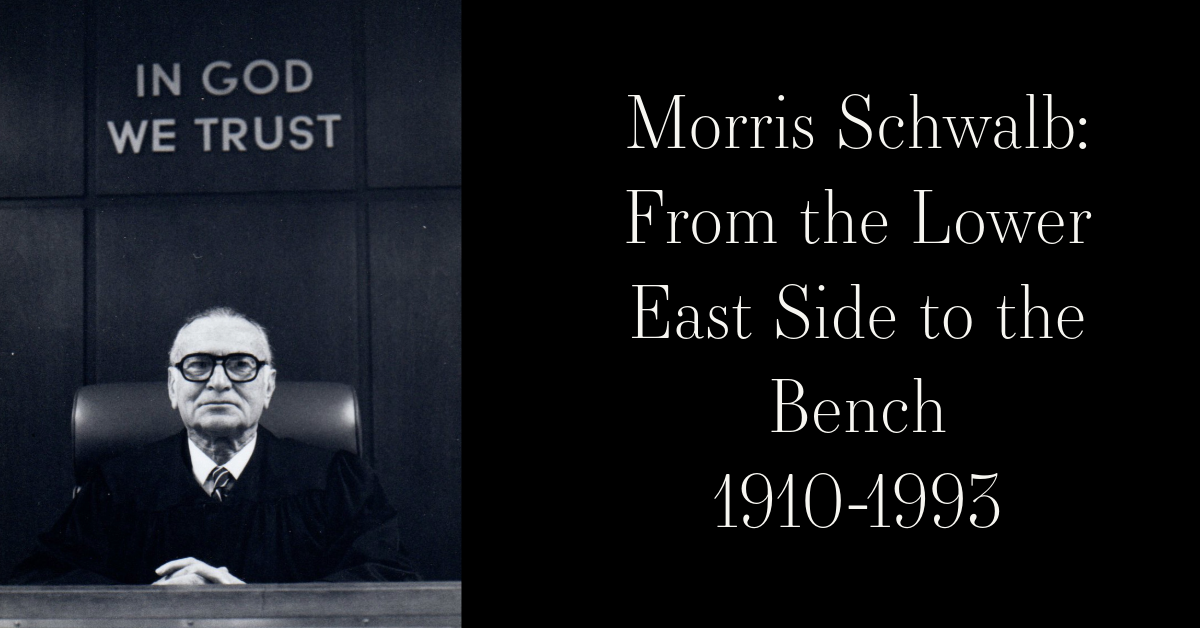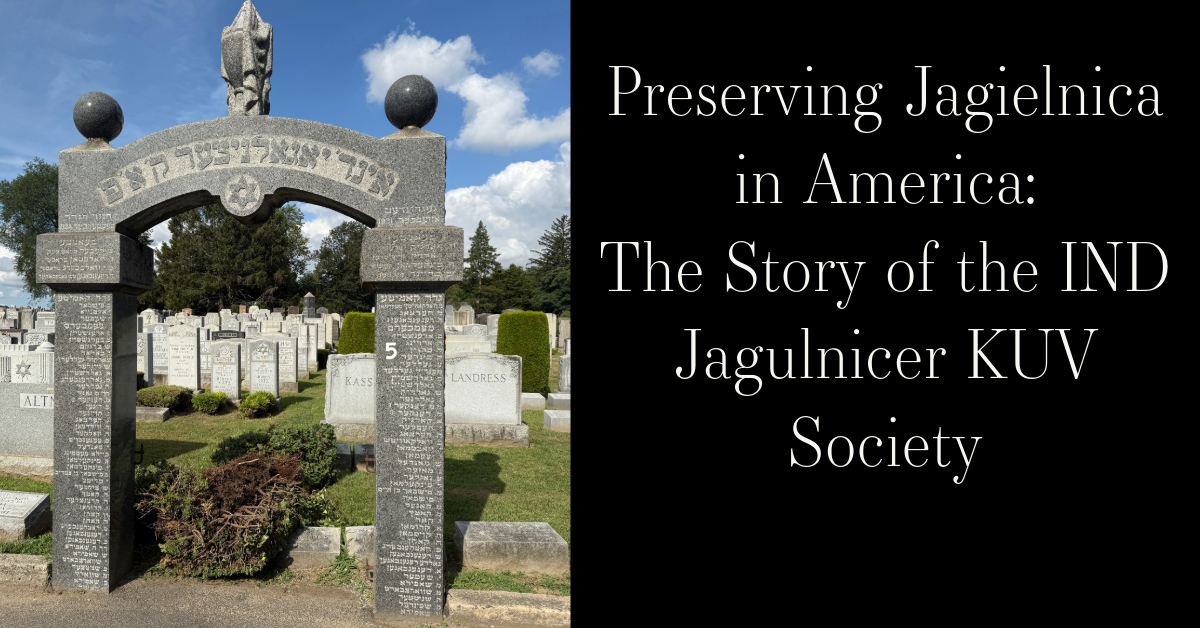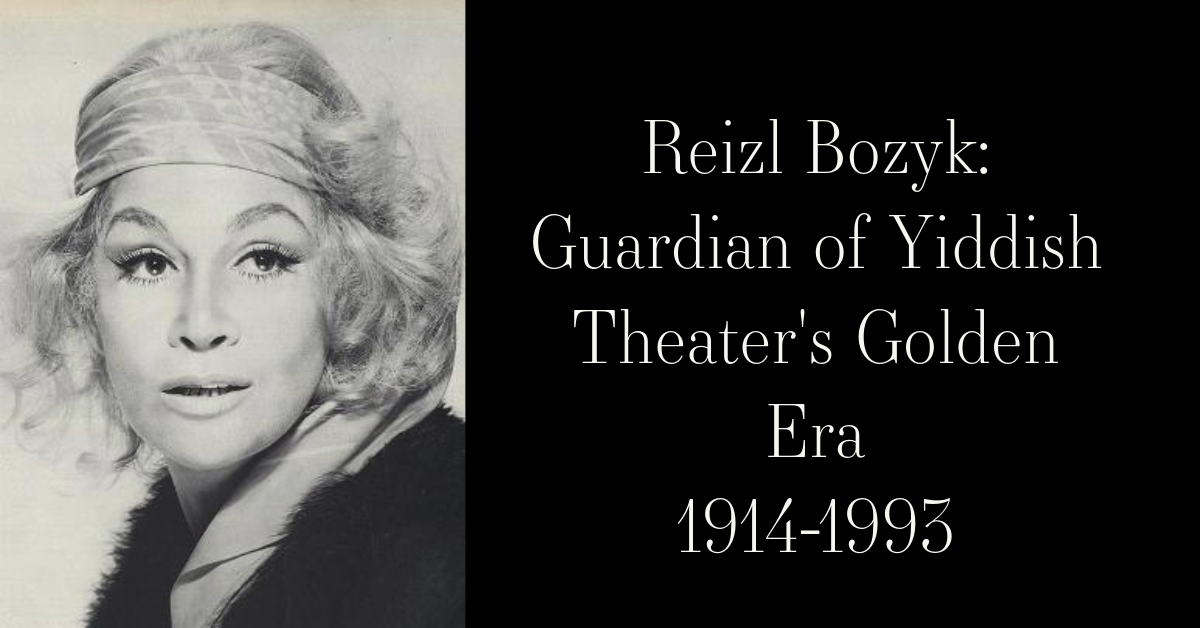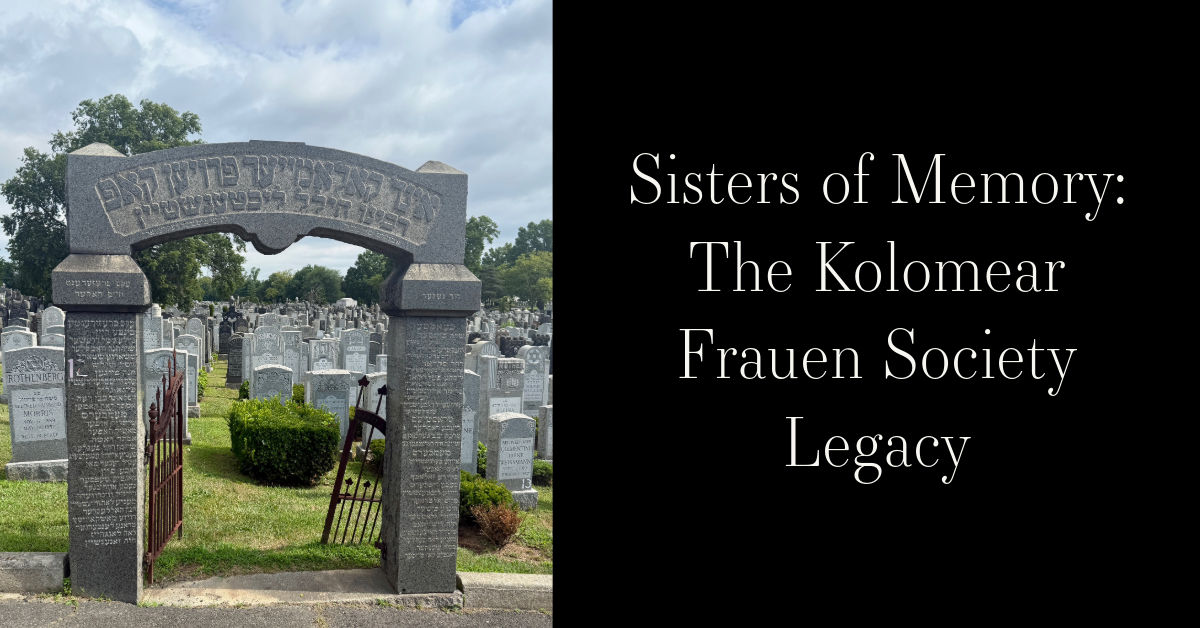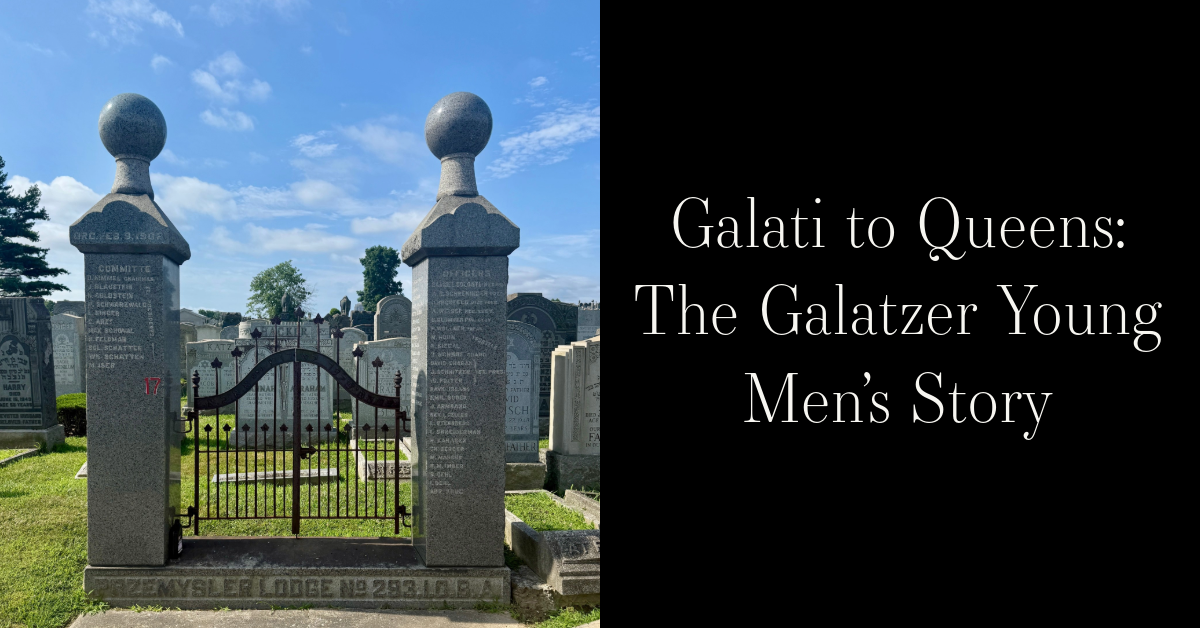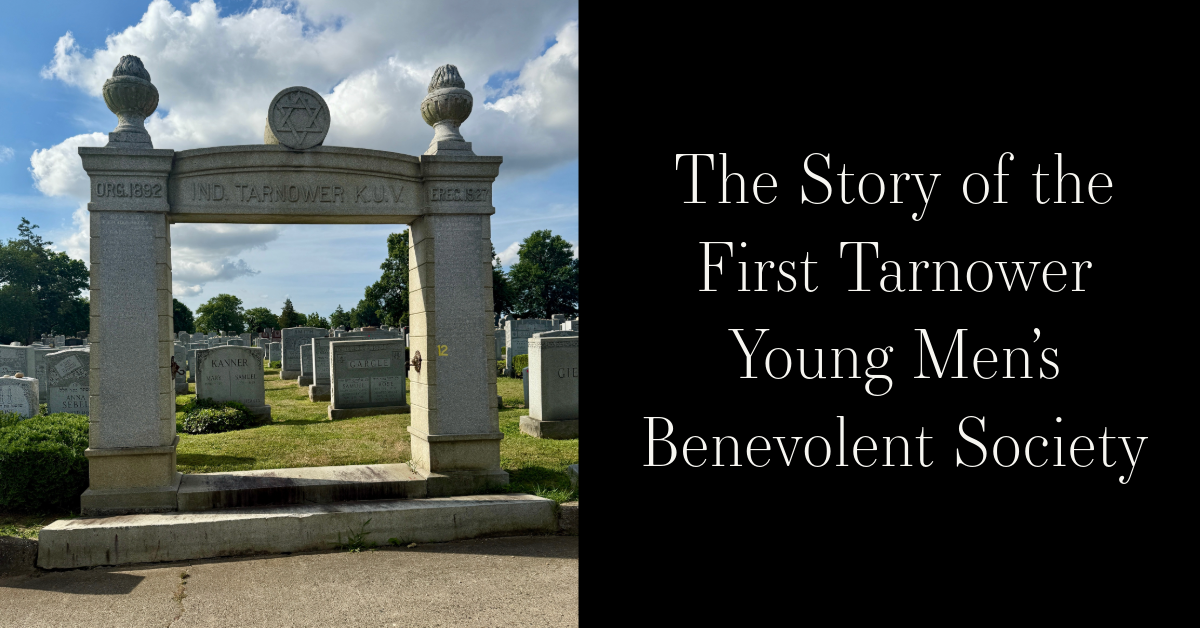Story Summary:
Located on Block 25, Reference 17 is the Freedom Benevolent Society. Initially founded as the Erster Kaiser Franz Josef Kranken Unterstutzungs Verein (First Franz Joseph Sick and Benevolent Society) the Freedom Benevolent Society was founded in 1882 on the Lower East Side of Manhattan by Jewish immigrants from Austria-Hungary. The initial name paid homage to the emperor of Austria-Hungary at the time of the society's founding, before it was renamed in 1940. It is likely that the original members of the organization were from German-speaking communities, given that some early records of the club were written in German. The society was all male. However, it was apparently associated with the Franz Joseph Ladies Sick and Benevolent Society. Less information is known about this society, but it operated at least in the 1930s and 40s. It is likely that the society operated before this, as the earliest death date for a society member buried at Mount Hebron is 1900. The last society member buried in Mount Hebron died in 1991.
Freedom Benevolent Society
Related: Franz Joseph Ladies Sick and Benevolent Society
Initially founded as the Erster Kaiser Franz Josef Kranken Unterstützungs–Verein (First Franz Joseph Sick and Benevolent Society) the Freedom Benevolent Society was founded in 1882 on the Lower East Side of Manhattan by Jewish immigrants from Austria-Hungary. The initial name paid homage to the emperor of Austria-Hungary at the time of the society’s founding, before it was renamed in 1940. It is likely that the original members of the organization were from German-speaking communities, given that some early records of the club were written in German. The society was all male. However, it was apparently associated with the Franz Joseph Ladies Sick and Benevolent Society. Less information is known about this society, but it operated at least in the 1930s and 40s. It is likely that the society operated before this, as the earliest death date for a society member buried at Mount Hebron is 1900. The last society member buried in Mount Hebron died in 1991.
The Freedom Benevolent Society had several purposes. It was originally founded to aid members who were sick, give “relief in times of need”, foster companionship, and for entertainment. Later, the society also included assistance for internment and burial plot maintenance and upkeep. These societies provided an attractive safety net for people of the time, especially before social security benefits provided by the federal government began during the Depression in the 1930s. For most of its existence, the society had a Relief Committee, Sick Committee, and a Shiva, later Cemetery Committee. Its peak size was probably around the same time, with about 300 members.
The society attained burial plots at a few cemeteries in New York, and attained its plots at Mount Hebron in 1920. The other plots are in Mount Zion, Cedar Park and Beth El. The society began the dissolution process in the form of liquidation procedures at the end of 1991, and the society was fully disbanded in 2013.
Citations:
Freedom Benevolent Society Collection; AR 11099; Leo Baeck Institute.
https://archives.cjh.org/repositories/5/resources/7654 Accessed February 28, 2023.
Series II: Freedom Benevolent Society, 1942-1991. Freedom Benevolent Society Collection, AR
11099. Leo Baeck Institute. https://archives.cjh.org/repositories/5/archival_objects/687002
Accessed February 28, 2023.
SSA Staff. “A History of the Social Security Disability Programs.” Social Security ,
Social Security Administration, Jan. 1986,
https://www.ssa.gov/history/1986dibhistory.html#:~:text=Monthly%20disability%20insurance%20benefits%20were,was%20disabled%20before%20age%2018.
“The History of the U.S. Welfare Program and Reform.” PBS, NewsHour Production
LLC, 17 Apr. 2015, https://www.pbs.org/newshour/classroom/2015/04/why-is-it-so-hard-to-get-off-welfare/.
~Emily Hazy








